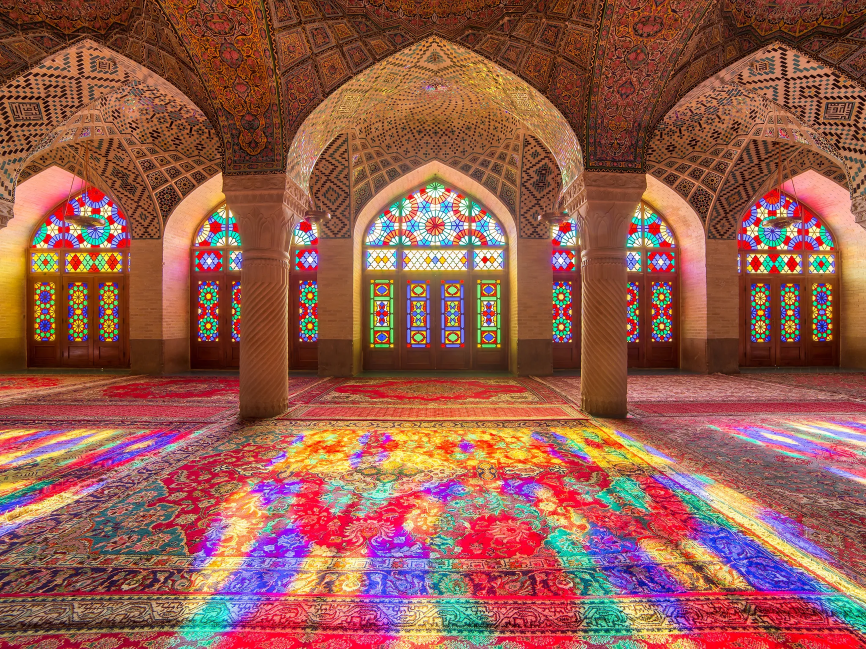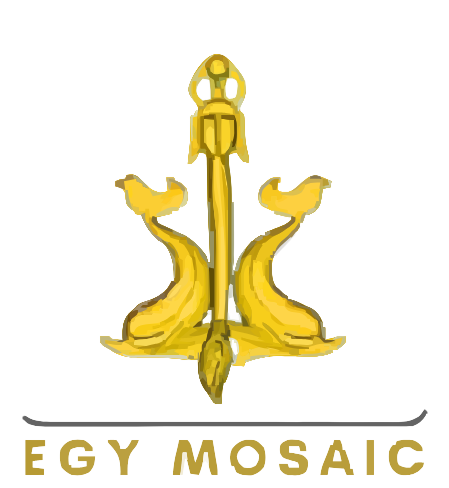Why is it called stained glass?
The term stained glass derives from the silver stain that was often applied to the side of the window that would face the outside of the building. When the glass was fired, the silver stain turned a yellow color that could range from lemon to gold. Stained glass was usually used to make windows, so that the light would shine through the painting. It is a form of painting that began over 1,000 years ago and is still essentially made the same way today. Gothic stained glass Imagine standing in a medieval church. As your eyes adjust to the darkness, you notice colored light streaming down from above. Some of the most powerful art produced in the High Middle Ages were stained-glass cycles, or visual stories, in French cathedrals. Among the most famous of these is in Reims Cathedral, from which this arresting lunette (a half moon–shape) originally came. The seraph, one of the six-winged angels that were thought to stand in the
presence of God, is frighteningly formal, with thick strokes of black vitreous paint used to render its commanding eyes and facial features. Vitreous paint is paint that contains tiny glass particles mixed in a liquid. Renaissance stained glass In this panel (left), the Eberler family name is symbolized by a red boar, which appears on the coat of arms. And there is a very consciously sought element of humor here, where this big boar ogles, with open mouth and sly eye, this gorgeous young girl, who turns demurely away from him. But this is not altogether harmless, because we can see that she’s armed with a dagger. At the top, beautiful young maidens and dashing young men are falcon hunting in the forest, a pastime that was thought to lead to amorous dalliances..
During the Renaissance, light-filled rooms in homes were popular, and that is where secular panels like this were often installed. You were meant to look through them, from your house or castle, out onto the outer world. By the late 1400s glass became more affordable, and houses were increasingly fitted with clear glass windows, sometimes inset with small stained-glass panels. This panel shows a family coat of arms and was probably made for a private home. Typical of such panels, it is colorful, light, and humorous.A single piece of glass During the late 1400s glass windows in domestic interiors became ubiquitous, and small painted roundels like this one—a single piece of clear glass with vitreous paint and golden silver stain—became so popular that their production reached nearly industrial proportions by the 1520s. Purchased in large cycles or as single images, they were intended to amuse and instruct, with subjects like zodiac signs, religious imagery, portraits, and heraldry.
The History of stained glass and the mystery behind it

Share on facebook
Facebook
Share on twitter
Twitter
Share on linkedin
LinkedIn
Share on pinterest
Pinterest
